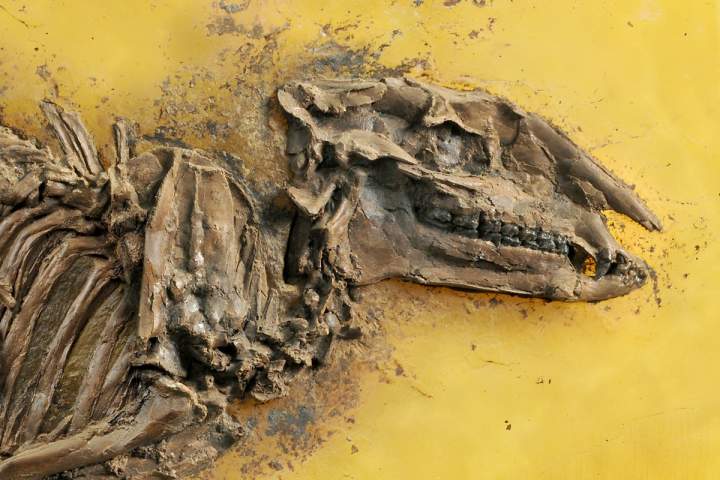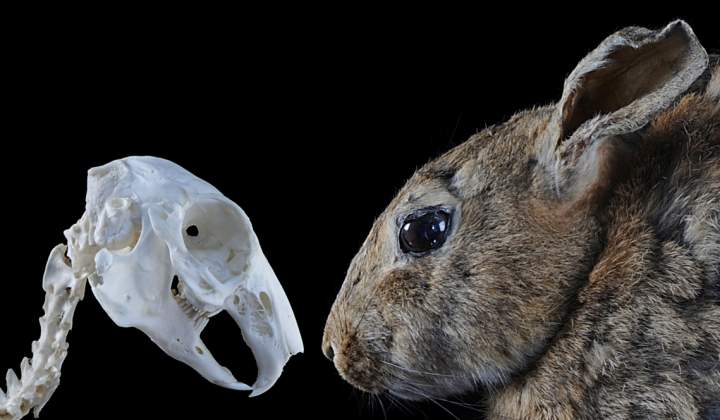Mammalogy
Research
Research in the Section of Mammalogy focuses on the phylogeny and systematics of extant and fossil mammals based on comparative anatomy and phylogenetic systematics.
The phylogenetic, palaeobiogeographical and paleoecological questions are studied with an interdisciplinary approach that unites neontological and palaeontological methodologies. Increasingly, molecular data and innovative investigation techniques such as micro-computertomography and 3-D reconstruction are used.





